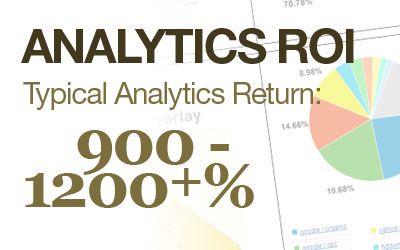 When it comes to your organization’s use of business analytics to maximize business performance, is your company getting the full bang for its investment bucks?
When it comes to your organization’s use of business analytics to maximize business performance, is your company getting the full bang for its investment bucks?
A new study from Nucleus Research gives decision makers even more to consider regarding the returns they’re seeing from their analytics efforts.
According to the study, as business analytics solutions mature and become more refined, the ROI from investing in these tools rises substantially. In its study of 60 deployments, Nucleus evaluates the returns that companies are seeing from investments in business intelligence, performance management, predictive analytics and supporting data management technologies.
Nucleus identifies four stages in the evolution of utilizing analytics. The initial stage of deployment for automating reports yields an ROI of 188%. Returns on business analytics investments more than double to 389% during the tactical stage where organizations make use of analytics to improve decision making rather than simply to boost productivity.
Meanwhile, the ROI from analytics zooms to an average of 968% in the strategic stage when companies deploy these tools across the enterprise and use them to align daily operations with the goals set by senior management.
In the predictive phase, where companies tap into big data and extend the use of analytics to larger data sources such as partner ecosystems and social media, the average ROI that’s generated is an eye-popping 1,209%.
While these numbers are impressive, they also serve as reminders of the business benefits that companies can achieve when they become more experienced and sophisticated in their uses of analytics.
In a separate study on business analytics from Bloomberg, analytics is still in the emerging stage among most companies. In fact, spreadsheets continue to be the number one tool most organizations are using for business analytics.
The Bloomberg study also finds that most companies are continuing to proceed cautiously when it comes to analytics, with deployment typically focused within individual business units and not distributed across the enterprise.
Meanwhile, although analytics is used as part of the decision-making process at varying levels, intuition based on business experience is still the driving factor in decision making, according to this recent blog post on the topic by Saama.
“Like all innovation, adoption will take time and require significant organizational changes across toolsets, skillsets and mindsets,” according to the post. “But make no mistake, companies that don’t embrace analytics in a fast-paced, competitive environment will be left behind.”





